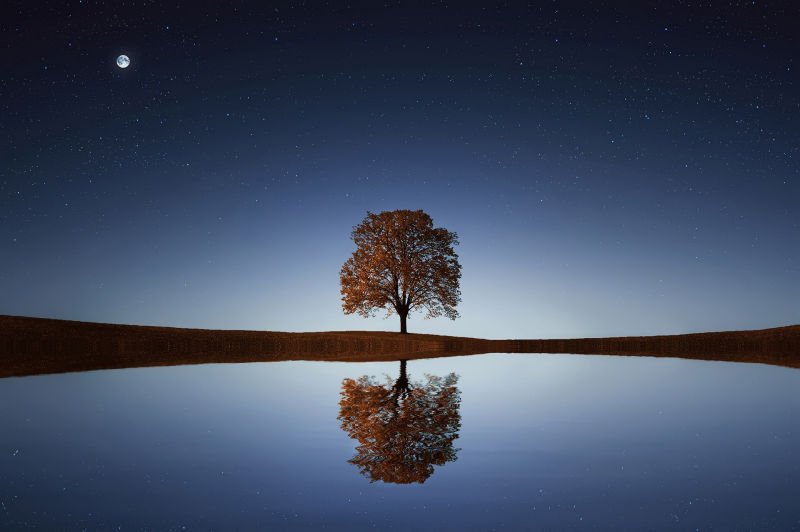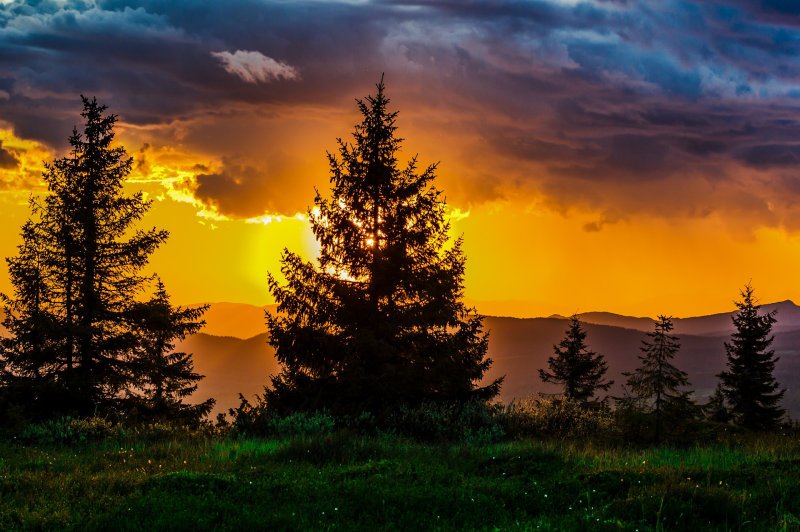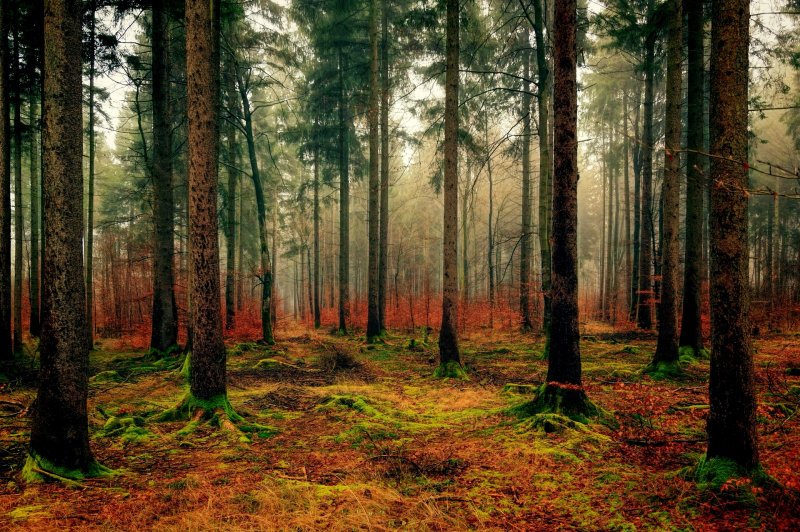
Do you have a favourite tree? Did you give it a name? Do you sometimes talk to your tree?
That’s alright you know, as long as it doesn’t answer back. If it does, sorry, I can’t help you.
Our Faith Development Team is discussing the role of trees in today’s society. We are unsure as to how we value the trees around us, so this lecture will try to set some parameters to this discussion.
Let’s look at the conifer species; pines, spruces, firs or cedars. These species keep their needles throughout the year (evergreen). All woody plants exhibit both primary and secondary growth. Primary growth occurs right after bud break in the spring and trees put on height growth in early summer very quickly. Secondary growth occurs later in the growing season when the trees put on diameter growth and increase in strength and wood production.
Let’s look at your special tree. I’m sure that you know if it’s an evergreen or a deciduous species. You should know its species and if it’s healthy or sick.
Conifers keep their needles throughout the winter because they never go into a deep dormancy. They often will exhibit winter browning during March when the sun is stronger but the nights are below freezing. Evergreens continue to bring up small amounts of moisture during the winter. On warm sunny days they are eager for growth but this moisture stays and freezes at night – thus the browning of the growing points.
We have all heard gardeners telling us to water our conifers well in the late fall. This is a good idea especially if they are newly planted.
The root system on conifers is fibrous and is composed of many growing points close to the main trunk to absorb moisture and nutrients. However, different conifer species adapt to different site conditions. Pines can grow on dry sites while cedars and hemlocks are happy with moist or shaded conditions. White spruce and black spruce are found on a wide range of soils and climatic conditions.


As we observe tree growth during the early summer we see that the terminal shoot has dominance over the lateral shoots. The terminal shoots must get the majority of nutrients early in the summer to put on the required height growth as this growth stops in mid-July. A terminal bud will form and there will no further height development. Now secondary growth takes over.
The bole (main stem) and load bearing branches now have their turn and build cellulose to give strength to the tree to prevent damage from wind and snow loading. We have learned that root growth in conifers continues through late autumn in to early December. Most root growth stops when temps are 5’C and below. Moisture does not move at this temperature and some partial dormancy occurs with full dormancy for a short time in deep winter.
Moisture movement will begin upwards in the tree on sunny days in March. Then as spring moves steadily forward you will observe in early May the sexual process of flower, pollen and cone development. Watch carefully as this is a quick process or you may miss it. Oh, the rites of spring.
Now we discuss deciduous trees. In northern temperate zones there are many species of deciduous trees and they grow over a wide range of climatic and soil regimes. They cannot grow beyond the tree line (tundra) as some conifers may.
It is obvious that our maples, beeches, oaks and birches will grow into large trees and live for many years. These are climax species that represent the final forest crop and will stay on that site for many hundreds of years if not disturbed. This was the dilemma of the first white settlers who came to southern Ontario (Upper Canada) to clear the land for agriculture. These hardwood trees were too large for removal and the wood was too hard to work into lumber. The forest was their enemy as they only had primitive tools and strong backs. Today many landowners still declare that trees are growing in the wrong place.
Deciduous trees have a tap root that goes deep into the soil to anchor the weight of the crown of the tree. The crown is wide spreading (decurrent) and provides shade to a broad area of land. This shade is considered to be helpful or harmful at the whim of each landowner in close proximity. In urban settings the tree is often in the wrong place.


We know that hardwood trees grow over a wide range in the Great Lakes/ St. Lawrence Region and some species into the Boreal Forest Region. Deciduous trees transpire amazing volumes of water through their broad leaves during the growing season but the leaves cannot adapt to winter weather. Trees cannot keep their leaves intact in freezing temperatures and have an amazing system for self protection. Starting in the third week of August an abscission layer starts to form at the attachment point of the leaf petiole and as photoperiod gets shorter this corky layer thickens to close off all nutrients to the leaf. The leaf is dying in early September and then we see the vivid leaf colors of late September and leaf drop starts into October. All of this is brought on by shortening days of the fall.
Your favorite tree will be dormant most of the winter months as colder weather brings on deeper dormancy for self protection. Your tree may start to wake up in March just as the maples do for the maple syrup season. As in conifers these trees have both primary and secondary growth and develop strong heavy structures, used for valuable lumber today. You cannot confuse a native tree as they have a growing schedule developed since the last ice age.
Humanity does many obscene things to trees in urban settings. We plant them next to concrete and asphalt roadways usually in left over soils. We staple wire fences and signs to their stems and often cut off any branches intruding from our neighbour’s tree onto our property.
Yes, we should give our favourite tree a name, talk to it in a friendly way and when we are feeling down give our friend a hug. It may be having a bad day as well.
- By Carl Kimmett
